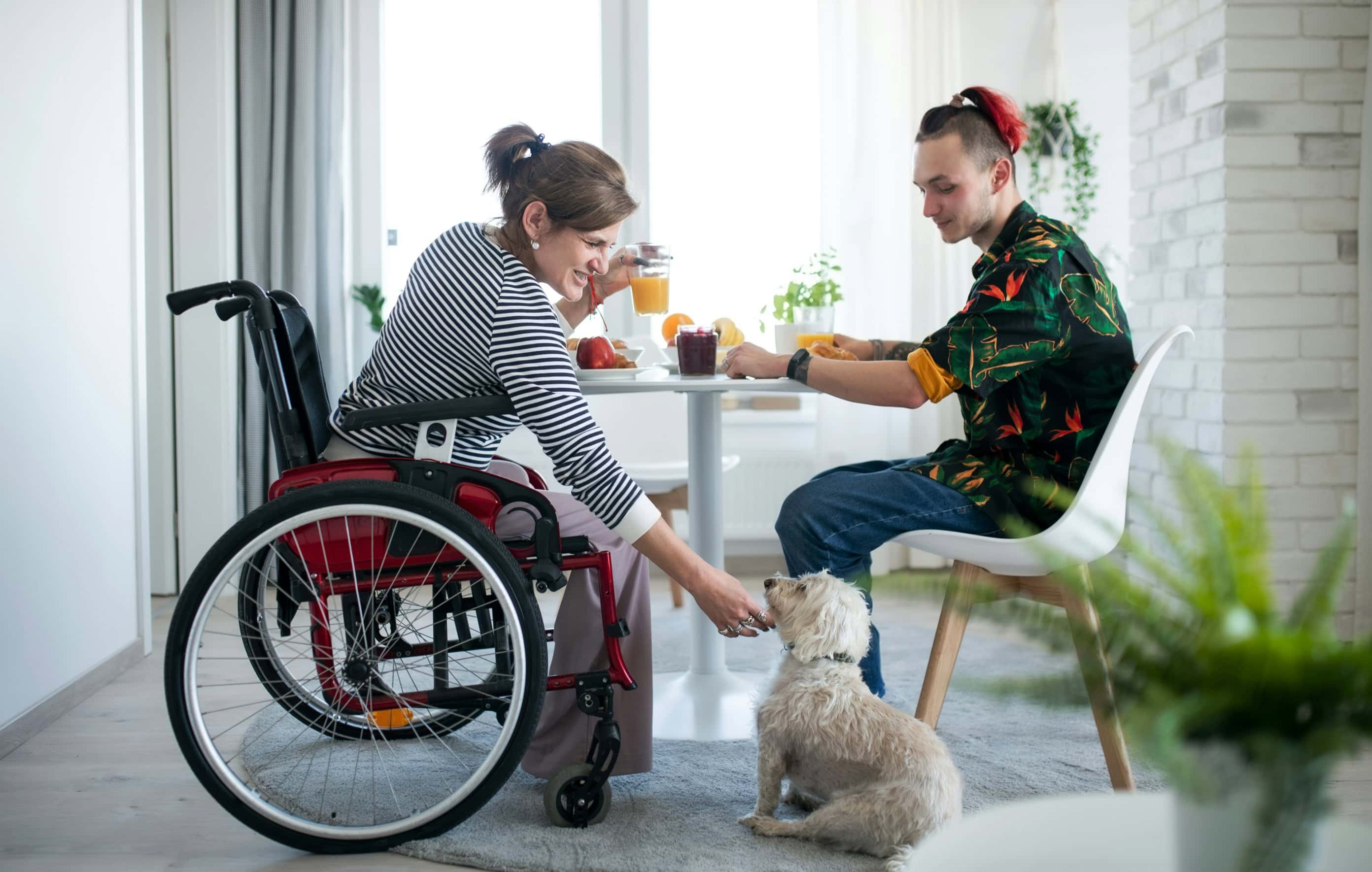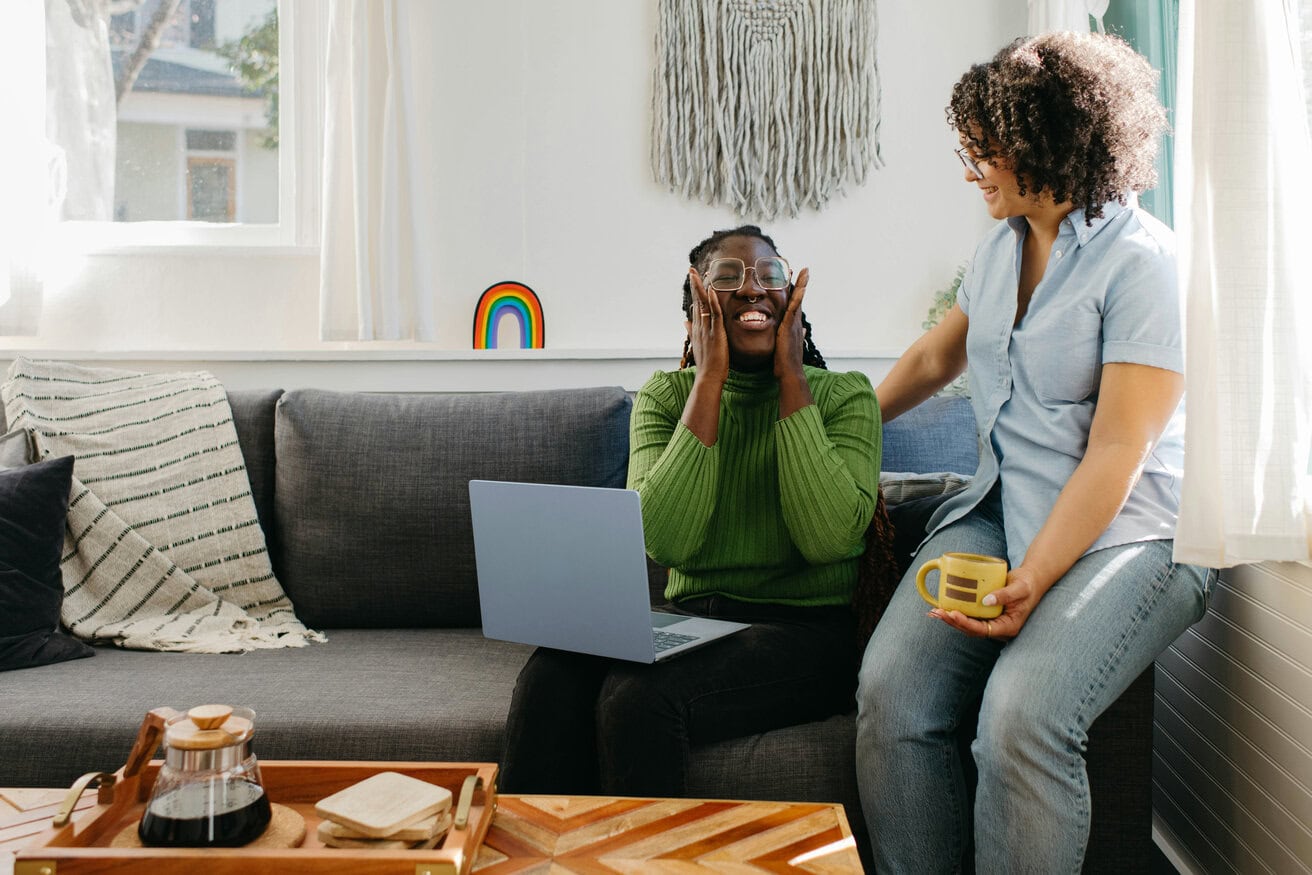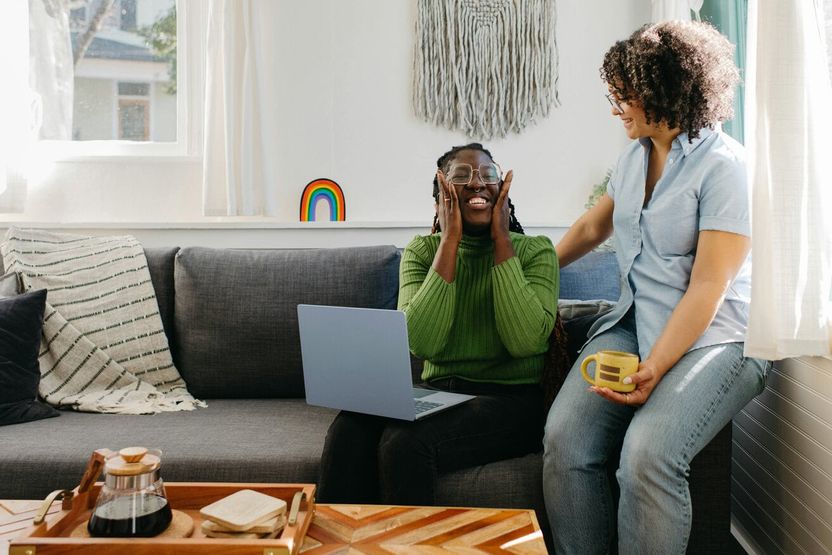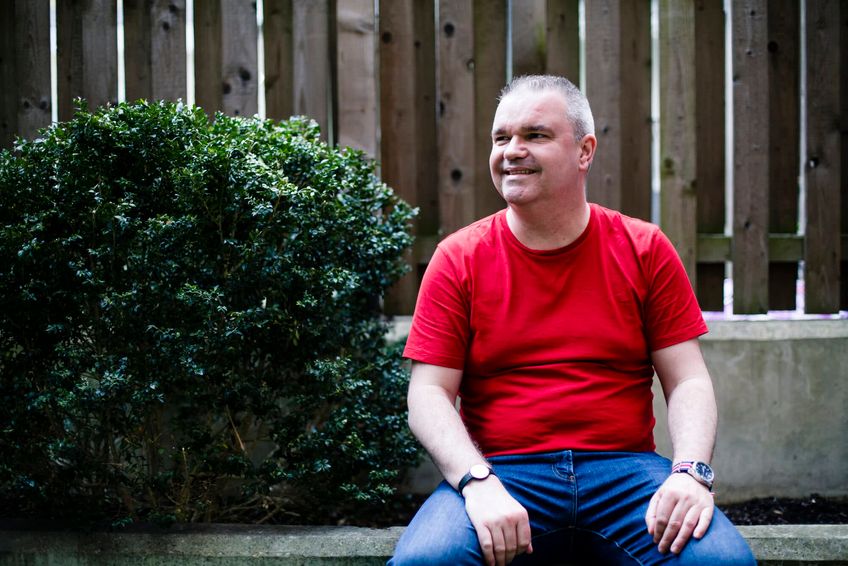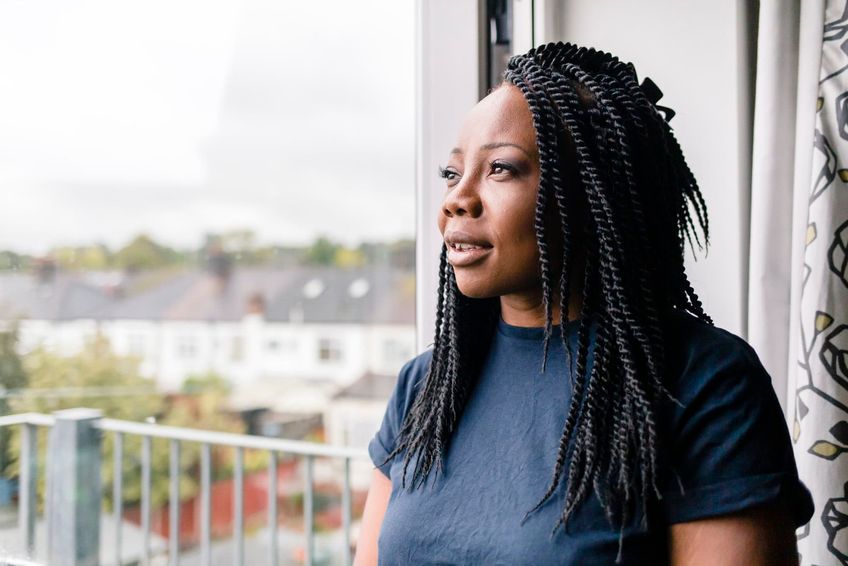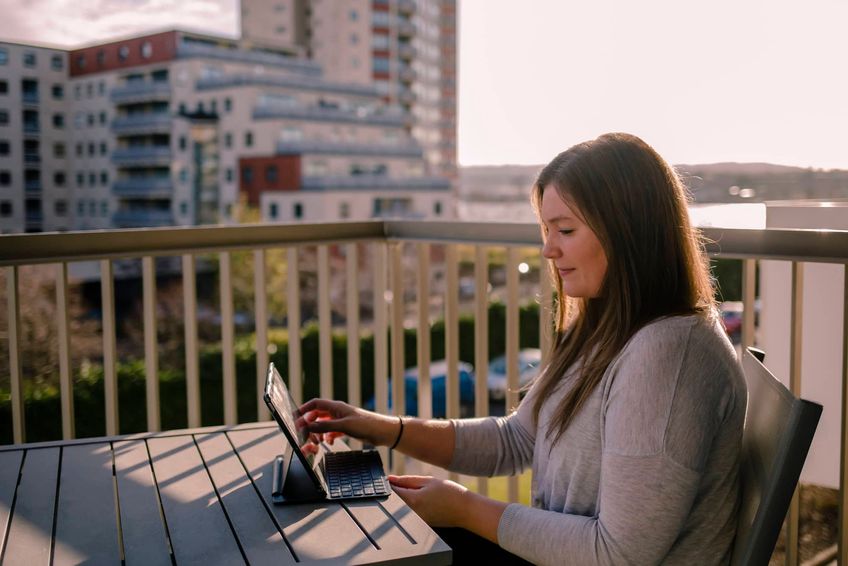HOLD: Costs and affordability
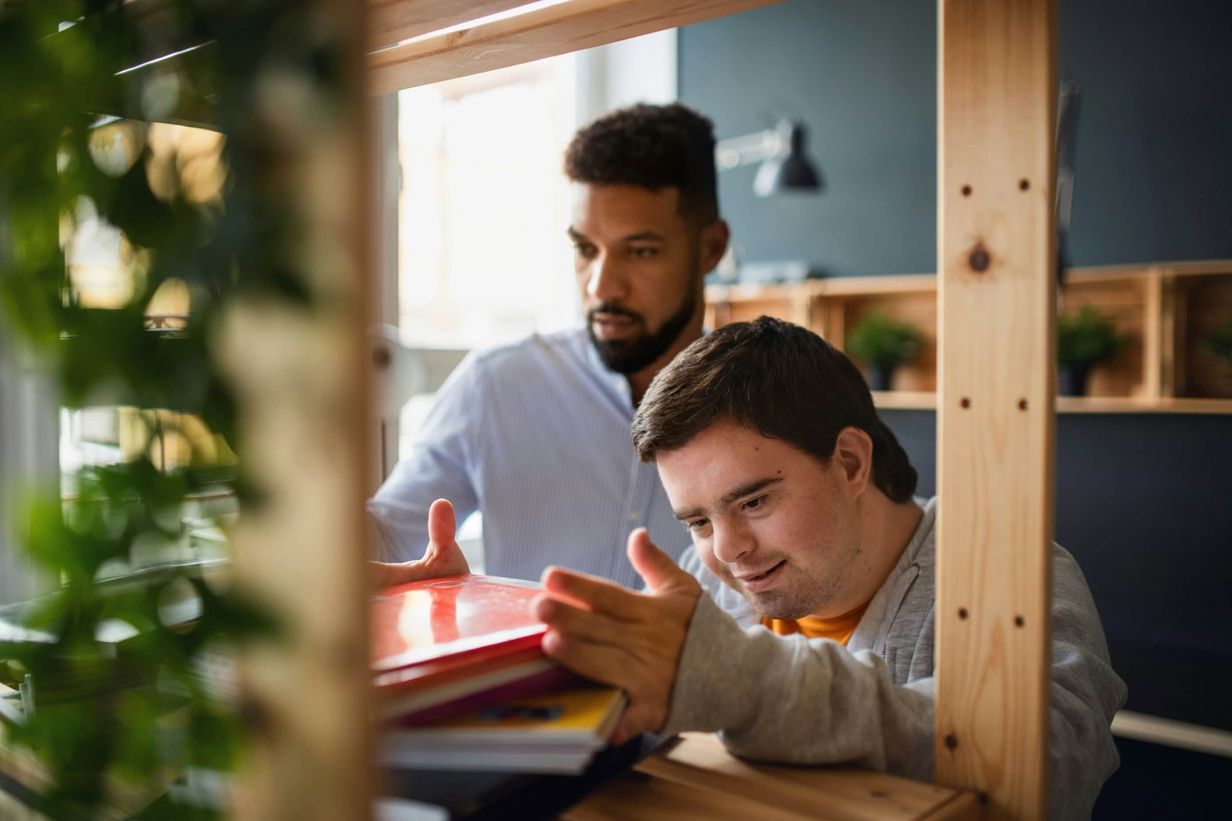
Specialist mortgages for people with disabilities: Costs of Shared Ownership and HOLD
How much do specialist mortgages for people with disabilities cost?
Here’s a quick snapshot of the costs associated with buying a home using a specialist mortgage for people with disabilities with more detailed information available below.
- Deposit required: A minimum 5% deposit is needed for your share, this works out at £5,000 based on a £100,000 mortgage cap.
- Additional fees: Budget around £7,000 for legal fees, Stamp Duty (if applicable), and other administrative expenses.
- Mortgage details: A specialist interest-only mortgage is used, with monthly interest costs covered by a Support for Mortgage Interest (SMI) loan.
- Extra costs to consider: Remember to account for ongoing rent on the non-owned share (these should be met by Housing Benefit), potential property adaptations, and moving-related expenses (estimated between £3,000 and £5,000).
What is the deposit for Shared Ownership or open market homes using HOLD?
Both Shared Ownership and HOLD are affordable housing schemes designed to make homeownership more attainable for people with long-term disabilities.
To buy a share of a home the applicant requires a specialist interest-only mortgage that caters specifically to people with disabilities, which can be arranged through specialist mortgage brokers such as MySafeHome.
You can find out more about the eligibility criteria for buying a home here. You/the applicant will need a minimum 5% deposit to buy a share of the property – as the biggest mortgage that can be arranged is currently £100,000 this would be £5,000.
The deposit contribution will vary depending on the value of the share being purchased though. For example, if you/the applicant are buying a 25% share in a home valued at £210,000, you/they will need a deposit of £2,625.
In addition to the deposit, the applicant will need to account for additional fees associated with the purchase, including legal fees, Stamp Duty (where applicable), and other administrative costs such as solicitor fees. On average, applicants should budget around £7,000 for these additional expenses.
How much can I borrow to buy?
The maximum mortgage that can be arranged for people with disabilities who rely on benefits for their income is currently £100,000. These loans are designed specifically for people with disabilities and work differently from standard mortgages, they can be arranged through specialist mortgage brokers such as MySafeHome. Instead of paying back both the loan amount (capital) and interest each month, borrowers only pay the interest – the cost of borrowing the money; this is known as an ‘interest-only’ mortgage. The full amount borrowed (capital) is not repaid until the property is sold.
The monthly interest payments are covered by a separate loan called Support for Mortgage Interest (SMI), which is another loan designed to help with these costs. If the home is eventually sold, any money left after repaying the mortgage and sales costs is used to repay the SMI loan. If there isn’t enough money left, the remaining SMI loan balance is written off, meaning it doesn’t have to be paid back. This loan structure helps ensure that homeownership remains more affordable.
The amount the applicant can borrow will depend on their circumstances. In many cases, the property’s value will typically be much higher than the £100,000 mortgage cap – but bear in mind the maximum budget for their home can be higher than this as it will also include the housing association’s investment.
Some homeowners with disabilities have been able to purchase Shared Ownership properties valued up to £400,000. However, this figure applies to new-build Shared Ownership homes and not properties from the open market purchased via the HOLD scheme.
Are there any additional costs when buying a property?
Yes, there are additional costs to consider when purchasing a property using a specialist mortgage for people with disabilities. These costs include:
- Ongoing housing costs: Monthly rent is paid to the housing association for the share that is not owned by the homeowner. This cost is usually covered by their Housing Benefit.
- Property adaptations: Depending on the applicant’s disability and needs, adaptive changes may need to be made to the property, which would incur additional fees. These can sometimes be costly, so it’s important to bear this in mind when choosing a property and calculating your budget. Adaptive changes could include things such as ramp installations and widening doorways for wheelchair access. Remember to consider how long any work or adaptations may take, as this could cause a delay in the individual being able to move into the property. This is particularly important if they are currently living in rented accommodation, as it can become costly to pay rent on two properties at the same time and housing benefits payments may only apply to one property.
- Moving costs: Alongside the property price, additional costs like removals, solicitor fees, and broker charges can arise during the buying and moving process, which can vary widely. Housing associations typically advise budgeting £3,000 to £5,000 to manage these moving-related expenses.
It’s important to note that the affordability of your or your loved one’s home will be assessed to ensure you/the applicant can continue to live there long-term. A thorough affordability check will take into account the applicant’s current and future financial situation to ensure the costs of ownership can be met.
Where should I start my home search?
When starting your home search for HOLD, the first step is to check for available Shared Ownership properties in your area. Homes England’s Capital Funding Guide recommends looking for these homes first. If no suitable Shared Ownership properties are available, eligible applicants may be able to purchase a property from the open market. This decision is at the discretion of the housing association managing the region where the property is being purchased.
Once you’ve identified a suitable property, the next step is to consult with a broker offering specialist mortgages for people with disabilities, such as MySafeHome. These mortgages are tailored to the individual’s needs and will provide the financial support required to help them purchase the property.
Head to our property search tool to browse available properties from participating developers. Homeownership could be closer than ever.
For more information about using a specialist mortgage to buy either a Shared Ownership home or a property from the open market using the HOLD scheme, visit our guides for an in-depth breakdown of how it works and an overview of the eligibility and prioritisation criteria.

Specialist mortgage brokers
MySafeHome are the UK’s leading specialists in mortgages for people with long-term disabilities, providing expert guidance and support to help individuals take that life-changing step.
Chart a clear path to homeownership with confidence and insight
Our detailed FAQs and resources are designed to guide you through your options and help you make confident, well-informed decisions at each stage of your home-buying journey.
